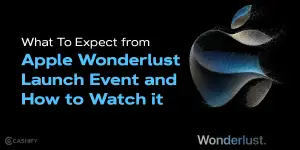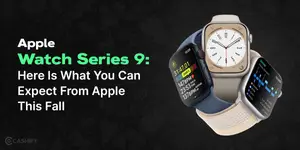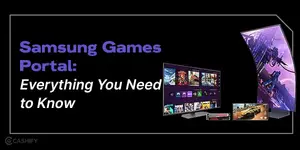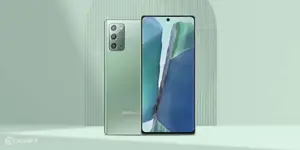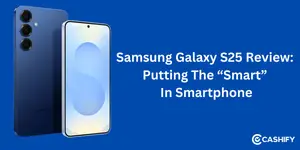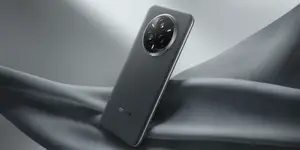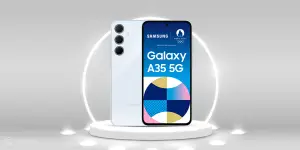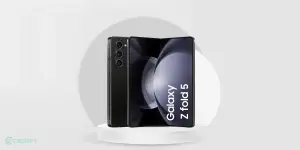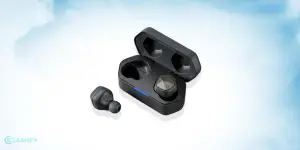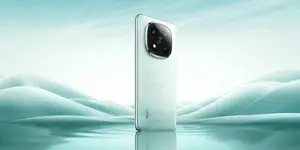There’s nothing quite as frustrating as when your MacBook refuses to detect your iPhone. You’ve connected the devices using your trusty Lightning cable, but nothing happens. No pop-up window, no charging symbol—nothing. Fear not, for we have compiled a list of fixes that can help you resolve Macbook not detecting iPhone issue.
Also Read: Ways To Fix MacBook Trackpad Not Working
How To Fix Macbook Not Detecting iPhone Issue
1. Check Your Cable and Ports
Before going to more complex solutions, let’s start with the basics. Ensure that your Lightning cable is not damaged and is functioning correctly. You can do this by trying to connect another device with the same cable. If it works, the cable is fine. If not, you might need to replace it.
Similarly, check the USB ports on your MacBook and the Lightning port on your iPhone. Dust or debris can sometimes obstruct a proper connection. Gently clean these ports if necessary.
Now once you have tried connecting to all USB ports and also identified that your cable is perfectly fine. And still, your iPhone is not being detected on your Mac, then try the following:
1. Plug in your iPhone and look for “System Information“
2. Here look for USB on the left menu, and if your iPhone shows up here in the USB section that means that the hardware is connected but there is some issue with macOS. Check the following fixes to resolve Macbook not detecting iPhone issue.
2. Restart your Macbook and iPhone
As simple as it may sound, but restarting your devices might eliminate most of the common issues.
To restart your Macbook follow these steps:
1. Click on ‘Apple’ logo at the top left.
2. Click on Restart
3. Now you will see a popup confirmation and then again click on Restart.
To restart your iPhone follow these steps:
1. Press and hold ‘Power + Volume Up‘ button for a few seconds and you shall see the power menu.
2. Now slide to Power Off your iPhone. And once the iPhone is turned off press and hold the power button to turn it back on.
Also Read: How To Add Emojis On Macbook And Windows?
3. Update Your Software
Outdated software can cause connectivity issues. Check if there are any pending updates for your MacBook’s macOS. To do this on your MacBook, navigate to the Apple menu > System Preferences > Software Update.
Also if you are still using iTunes then you need to check for updates on iTunes as well. For iTunes, open the app and click on ‘iTunes’ in the menu bar, then ‘Check for Updates.’
On your iPhone, go to Settings > General > Software Update to see if any updates are available.
4. Establish Connection and Activate ‘Trust This Computer’ Prompt
When you initially link your iPhone to your MacBook, a security message will be displayed on your iPhone, inquiring whether you trust the computer it’s connected to.
This is an important step in creating a secure connection between your iPhone and MacBook. Once this is approved, both devices are free to exchange data, synchronize content, and effortlessly utilize each other’s features.
Here’s how to activate the “Trust This Computer?” prompt:
- Use a compatible cable to connect your iPhone to your MacBook.
- The “Trust This Computer?” prompt should now appear on your iPhone.
- Choose ‘Trust’ to permit your iPhone and Mac to establish a connection.
If you accidentally clicked ‘Don’t Trust,’ your MacBook will be unable to access the data on your iPhone. However, you can rectify this by restarting your iPhone and reconnecting the cables, which will trigger the prompt once more. When asked, select ‘Trust,’ and you’re good to go.
5. Try Different MacBook or iPhone
If software updates on both devices prove ineffective, it’s advisable to test with a different MacBook or iPhone. This could be the result of hardware problems or internal errors. Therefore, to rule this out, such an approach is necessary.
Moreover, if the issue persists, consider reaching out to Apple Support, they may be able to provide a potential solution.
6. Reset Location and Privacy Settings
If your iPhone still isn’t recognized, try resetting the location and privacy settings. This will trigger the ‘Trust This Computer’ prompt again.
1. Go to Settings > General > Transfer or Reset iPhone > Reset > Reset Location & Privacy
2. Now you need to enter your passcode and click on ‘Reset Settings‘.
Remember, this will reset all location and privacy settings, so you’ll need to grant permissions to your apps again.
- Begin by unlocking your iPhone and accessing the Settings.
- Next, navigate downwards and select General.
- Scroll to the end and choose Transfer or Reset iPhone.
- From here, tap on Reset.
- Amidst the various options, opt for Reset Location & Privacy.
- To authenticate the action, key in your phone’s passcode.
- Lastly, tap on Reset Settings once more.
After the settings have been reset, your iPhone will undergo a restart. Attempt to re-establish the connection with your MacBook, ensuring to accept the ‘Trust This Computer’ prompt during the process.
7. Check Mac’s Finder Sidebar
It might be possible that you have done all the above-mentioned steps and the iPhone was successfully connected but you couldn’t find it as it may be hidden in Finder. Here is a guide to make a few changes in Finder settings to make your iPhone show up in the Finder.
1. Open Finder by clicking on the Finder app from the Dock. Alternatively, you can use the keyboard shortcut Option + Command + Space
2. Now check if you can see your iPhone in the sidebar, if not follow the below-mentioned steps.
3. Click on Menu bar at the top and select Settings
4. Now go to Sidebar section and look for Locations
5. Under locations make sure that ‘CDs, DVDs, an.d iOS devices’ is checked out.
8. Contact Apple Support
If none of the above solutions work, it might be time to contact Apple Support. They can guide you through more advanced troubleshooting steps or arrange for a repair if necessary.
In conclusion, while it can be frustrating when your MacBook doesn’t detect your iPhone, there are several potential solutions you can try. From checking your cables and ports to updating your software and resetting certain settings, these fixes can help you establish a successful connection between your devices.
Remember, technology is great—when it works. When it doesn’t, a little bit of patience and some handy troubleshooting tips can go a long way!
Also Read: How To Update macOS On Your MacBook?


